I generate noisy images with certain lines in them, like this one:

I'm trying to detect the lines using OpenCV, but something is going wrong.
Here's my code so far, including the code to generate the noisy images.
import cv2
import numpy as np
def draw_random_lines(img, w, n):
for i in range(n):
point1 = (np.random.randint(low = 0, high = w), np.random.randint(low = 0, high = w))
point2 = (np.random.randint(low = 0, high = w), np.random.randint(low = 0, high = w))
cv2.line(img,point1,point2,(255,0,0),5)
x = y = 0
while(y<w):
while(x<w):
if(np.any(img[x, y] != 0)):
if(np.random.randint(low=0, high=100) < 60):
img[x, y] = [255, 255, 255]
else:
img[x, y] = [0, 0, 0]
else:
if(np.random.randint(low=0, high=100) < 95):
img[x, y] = [255, 255, 255]
else:
img[x, y] = [0, 0, 0]
x+=1
x=0
y+=1
return img
w = 512
img = np.zeros((w,w,3), np.uint8)
img = draw_random_lines(img, w, 5)
cv2.imshow("Original", img)
cv2.imwrite("alo.png", img)
img = cv2.imread("alo.png")
gray = cv2.cvtColor(img,cv2.COLOR_BGR2GRAY)
edges = cv2.Canny(gray,50,150,apertureSize = 3)
lines = cv2.HoughLines(edges,1,np.pi/180,200)
for line in lines:
for rho,theta in line:
a = np.cos(theta)
b = np.sin(theta)
x0 = a*rho
y0 = b*rho
x1 = int(x0 + 1000*(-b))
y1 = int(y0 + 1000*(a))
x2 = int(x0 - 1000*(-b))
y2 = int(y0 - 1000*(a))
cv2.line(img,(x1,y1),(x2,y2),(0,0,255),2)
cv2.imshow("Detectada", img)
cv2.waitKey(0)
And here are the results I'm getting (very wrong):

So, how can I properly detect the lines in these noisy images?
